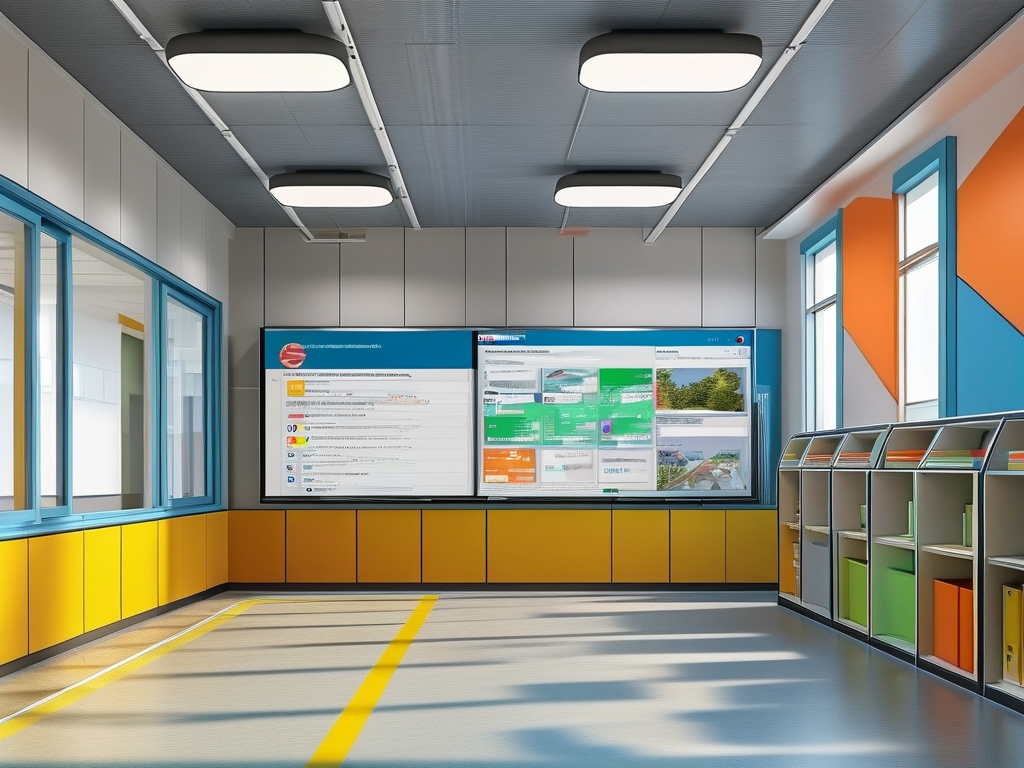In today’s fast-paced educational landscape, schools and universities face mounting pressure to optimize administrative workflows, improve resource allocation, and deliver seamless digital experiences for students, faculty, and staff. One transformative approach gaining traction is the adoption of automated deployment solutions. These systems enable educational institutions to manage IT infrastructure, software updates, and service delivery with minimal manual intervention, fostering efficiency, scalability, and cost-effectiveness. This article explores the role of automation in school operations, its benefits, implementation strategies, and future trends.
The Need for Automation in Education
Modern schools rely heavily on technology—from learning management systems (LMS) and student databases to cybersecurity tools and communication platforms. However, manual deployment of updates, patches, and configurations often leads to inefficiencies. IT teams struggle with:

- Time-consuming processes: Manually installing software across hundreds of devices.
- Human error: Misconfigurations causing system downtime or security vulnerabilities.
- Scalability challenges: Difficulty managing growing numbers of connected devices and users.
- Resource constraints: Limited IT staff juggling routine tasks and strategic initiatives.
Automated deployment solutions address these pain points by standardizing workflows, reducing repetitive tasks, and ensuring consistency across systems.
Key Components of a School Automation Deployment Plan
A robust automation strategy for educational institutions typically includes:
-
Infrastructure as Code (IaC):
Using tools like Terraform or Ansible, schools can define and provision IT infrastructure (e.g., servers, networks) through code. This ensures environments are reproducible, version-controlled, and easily scalable. -
Continuous Integration/Continuous Deployment (CI/CD) Pipelines:
Automating software testing and deployment accelerates the delivery of updates to educational apps, LMS platforms, and administrative tools. For example, a university could automate the rollout of a new grading system feature without disrupting ongoing classes. -
Cloud-Based Configuration Management:
Platforms like AWS Systems Manager or Microsoft Azure Automation allow centralized control over software configurations, security policies, and compliance checks across all school devices. -
Self-Service Portals for Faculty and Students:
Automation enables users to independently access resources—such as virtual labs, software licenses, or network storage—through predefined workflows, reducing IT ticket backlogs. -
Automated Monitoring and Incident Response:
Tools like Nagios or Datadog can detect system anomalies (e.g., server outages, cybersecurity threats) and trigger predefined remediation steps, minimizing downtime.
Benefits of Automation in Schools
- Operational Efficiency: IT teams reclaim time previously spent on manual tasks, allowing them to focus on innovation. A mid-sized school district in Texas reported a 60% reduction in software deployment time after adopting automation.
- Enhanced Security: Automated patch management ensures critical updates are applied promptly, reducing vulnerabilities. For instance, automated tools can deploy security fixes across all devices within hours of a patch release.
- Cost Savings: By minimizing human error and streamlining processes, schools reduce operational costs. Cloud automation also optimizes resource usage, cutting unnecessary cloud spending.
- Scalability: Automation supports seamless expansion, whether adding new classrooms, integrating IoT devices, or scaling online learning platforms during peak enrollment periods.
- Improved User Experience: Students and teachers enjoy faster access to updated tools and services, fostering a more productive learning environment.
Implementation Challenges and Solutions
While automation offers significant advantages, schools must navigate challenges such as:
-
Initial Investment: Automation tools require upfront costs for licenses, training, and infrastructure.
Solution: Start with pilot projects (e.g., automating LMS updates) to demonstrate ROI before scaling. -
Resistance to Change: Staff may hesitate to adopt new workflows.
Solution: Provide hands-on training and highlight time-saving benefits through workshops. -
Integration Complexity: Legacy systems might not easily integrate with modern automation platforms.
Solution: Use middleware or APIs to bridge gaps between old and new systems.
Case Study: Automating a University’s IT Operations
The University of California, Riverside, implemented an automated deployment framework to manage its hybrid cloud environment. By leveraging Kubernetes for container orchestration and Jenkins for CI/CD pipelines, the university reduced deployment times by 75% and cut annual IT costs by $200,000. Faculty now deploy research tools in minutes instead of days, accelerating academic projects.
Future Trends in Educational Automation
Emerging technologies will further transform school automation:
- AI-Driven Automation: Machine learning algorithms predicting infrastructure needs or optimizing resource allocation.
- Edge Computing: Deploying automated systems closer to end-users (e.g., smart classrooms) for lower latency.
- Blockchain for Credentialing: Automating the issuance and verification of digital diplomas and certificates.
Automated deployment solutions are no longer a luxury but a necessity for schools aiming to thrive in the digital age. By embracing automation, educational institutions can reduce operational friction, enhance security, and allocate resources more effectively—ultimately creating a better experience for students and educators alike. As technology evolves, schools that prioritize automation today will be better positioned to adapt to tomorrow’s challenges.








